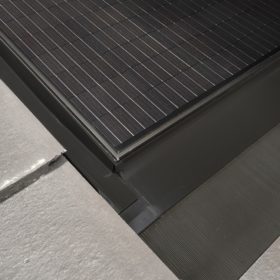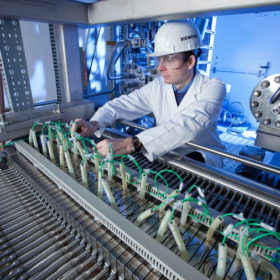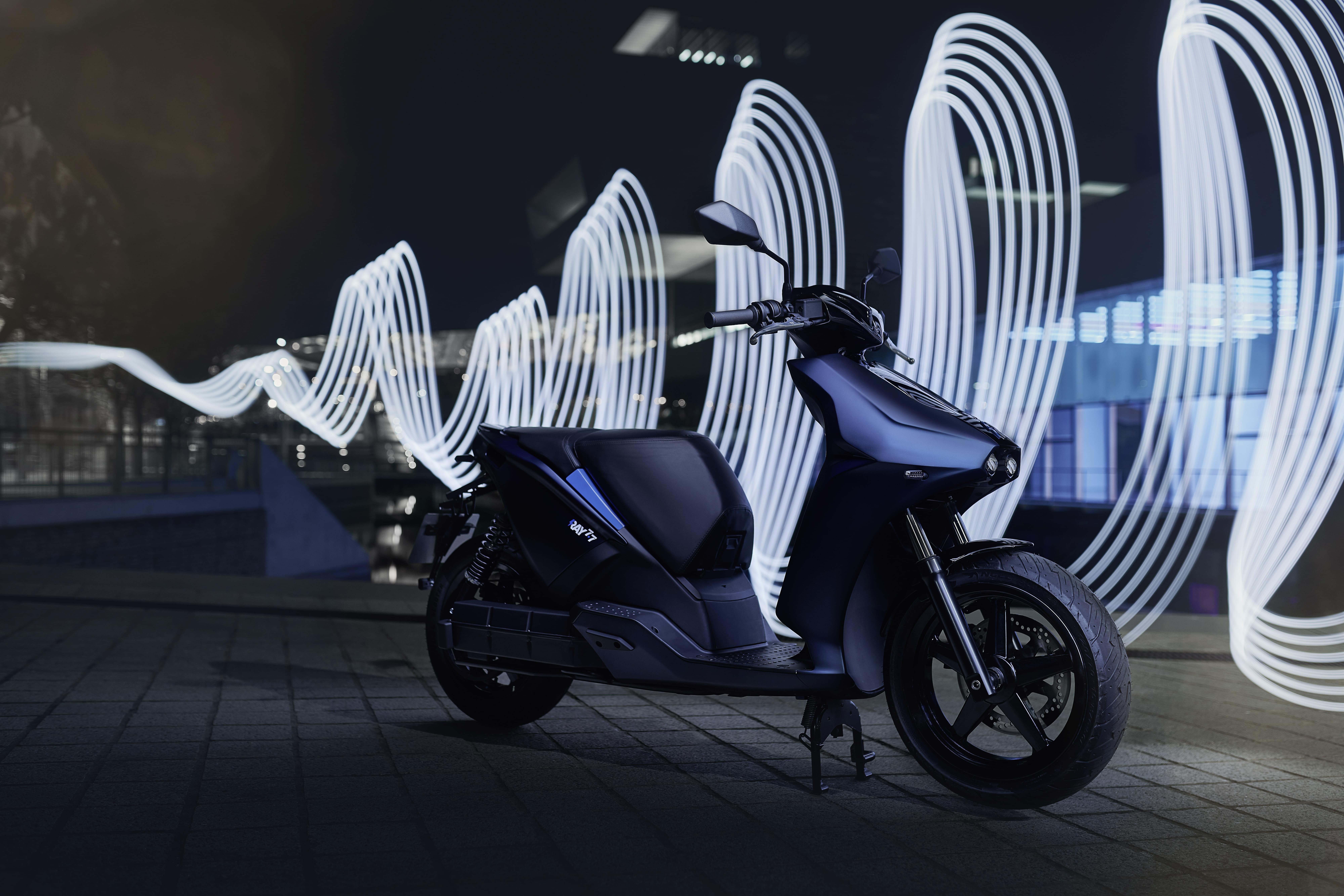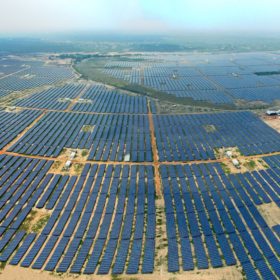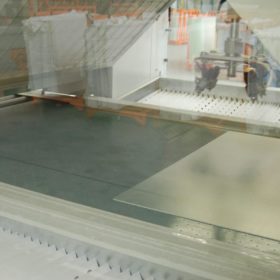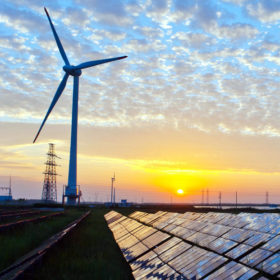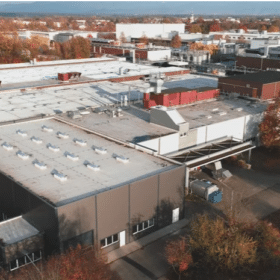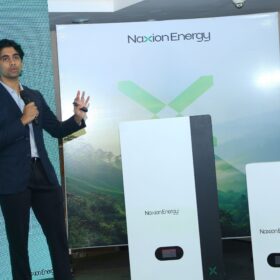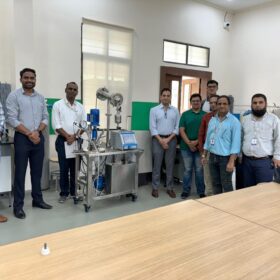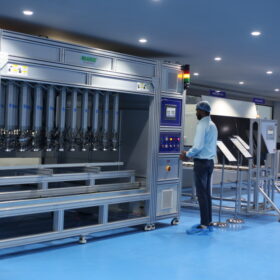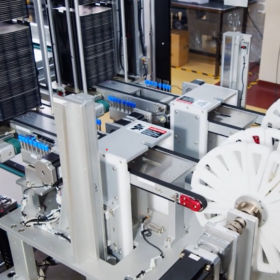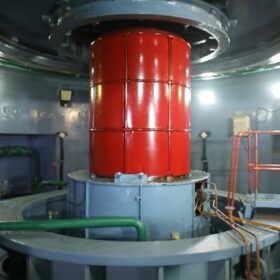Viridian Solar unveils roof-integrated solar panels with power of 335/340 W
The new devices feature efficiencies ranging from 20.7-21%. The panels are said to be compatible with a wide range of slates and tiles, include special fixings for different batten thicknesses, and achieve the highest fire rating and wind resistance without modifications to the roof.
IESA partners Norway’s Greenstat to support India’s hydrogen mission
India Energy Storage Alliance (IESA) and Greenstat Hydrogen India will collaborate on establishing a Norwegian Centre of Excellence on Hydrogen in India and supporting the development of green hydrogen technologies.
Spanish EV startup selects ION Energy’s battery management system
The Spanish startup will use ION’s advanced battery management and intelligence technologies for its electric scooter, the RAY 7.7.
Cabinet approves India, Uzbekistan MoU on solar energy and storage
The Cabinet has approved the Memorandum of Understanding between the National Institute of Solar Energy, under India’s Ministry of New and Renewable Energy, and Uzbekistan’s International Solar Energy Institute for cooperation in the field of solar energy and storage technologies.
Total to acquire 20% stake in Adani Green Energy
The French oil and gas giant already owns half the stake in the Indian developer’s 2.3 GW operational solar assets in India through a joint venture.
Anti-soiling nanocoating for large-scale PV
Dutch company Rads Global Business has developed an anti-soiling coating for solar PV modules that is claimed to reduce cleaning cost by around 60%. The anti-reflective and anti-corrosive coating is also said to mitigate potential-induced degradation (PID).
Renewables developer Ayana hits $721 million in equity funding with fresh injection
The Indian renewables platform’s promoters have committed additional equity funding of $390 million, taking the total to $721 million. National Investment and Infrastructure Fund (NIIF), accounting for $284 million of the new injection, becomes the majority shareholder now. U.K. government-owned development finance institution CDC Group and UK-India Green Growth Equity Fund (GGEF) have committed $70 million and $36 million, respectively.
India, Sweden to fund joint R&D in smart grids
India’s Department of Science & Technology and the Swedish Energy Agency have launched a collaborative funding program for Indian and Swedish companies that aim to jointly develop new technologies, services and processes in the area of smart grids.
India ranked the world’s most attractive solar PV market by Ernst & Young
The nation has earned the highest score of 62.7 in terms of attractiveness for solar PV investment and deployment in the latest ranking of top 40 countries by Ernst & Young.
Exide Industries increases stake in lithium battery JV with Leclanché
With an additional investment of INR 33.17 crore, Exide Industries’ shareholding in the joint venture company has increased by 2.28% to 80.15% of the paid-up equity share capital.
